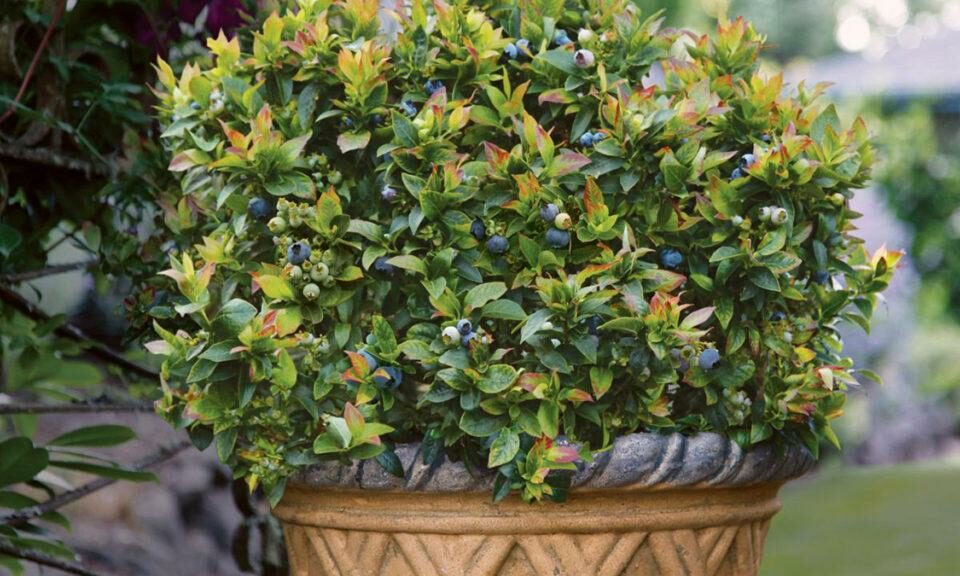Discover
How to Grow the Best Berries in Containers

Can berries be grown in containers? Our plant experts respond to this common question with a resounding “Yes!” Growing berries in pots is easy when you select the right container, variety, and location. Plus, growing in containers gives you more control over soil conditions, moisture level, light, placement, and winter protection.
Ready to grow some delicious berries? Follow the tips below to grow a sweet harvest of blueberries, raspberries, blackberries, or strawberries in a container this season.
HOW TO GROW BLUEBERRIES IN CONTAINERS
- Growing blueberries in containers makes it easy to keep the soil at the low pH blueberries (5.0 to 5.5) require. Use a potting mix for acid-loving plants or make your own blend of potting soil, peat, and well-aged steer manure.
- Provide a pot that’s at least 24″ wide and deep, with excellent drainage.
- Top with a 2″ layer of acid mulch such as shredded pine bark.
- Blueberries generally love full sun but where summers are unrelentingly hot afternoon shade is appreciated.
- Provide consistent water and do not let soil dry out (but don’t let soil get too boggy either–drainage is key!)
- Many blueberries are self-fertile and will fruit without another blueberry plant nearby. However, all will do best with at least two bushes that bloom around the same time, for good pollination and fruit set.
- Protect blueberry plants from extreme weather by mulching deeply, covering with burlap or blankets, or bringing the container into a sheltered area, like a shed or garage.
- If you leave your plants outside over the winter, wait until early spring to assess if there is any frost or weather damage. Weather damage can be removed by pruning.
HOW TO GROW RASPBERRIES IN CONTAINERS
- Start by choosing a variety that’s been bred to be smaller and more compact (see below).
- Plant in a container that is at least 24″-36″ wide and deep.
- You will get fruit with only one plant, however adding an additional raspberry bush will drastically increase crop size.
- Grow in full sun—supplying afternoon shade in areas with harshly hot summers.
- Raspberries need at least 1” of water per week. This likely means a daily drink during the heat of summer, depending on rainfall. However, do not waterlog the plants.
- Fertilize your plants in early spring and again in midsummer with a balanced, time-release fertilizer.
- Let shrubs go dormant in winter.
- Protect your potted raspberries if you live in an area that gets really cold winters. Add a layer of compost and mulch and move the container into a protected area. Cover the plant if you expect extreme temperatures.